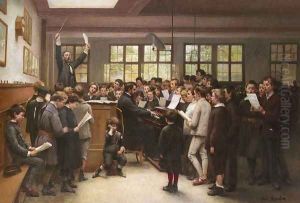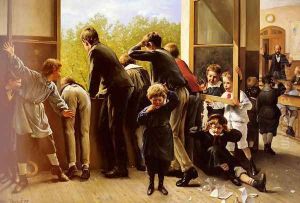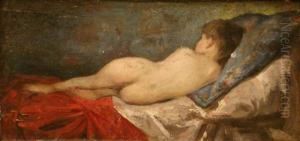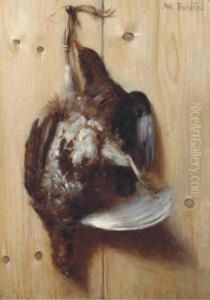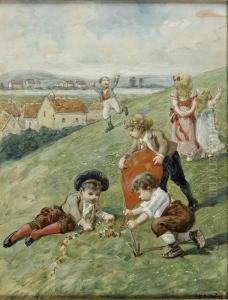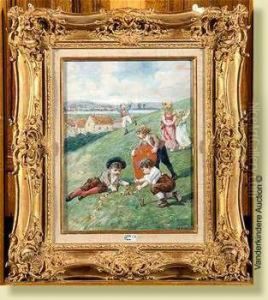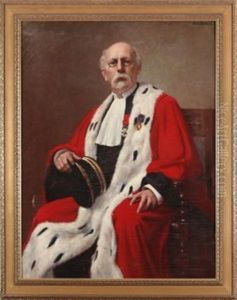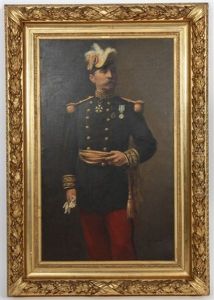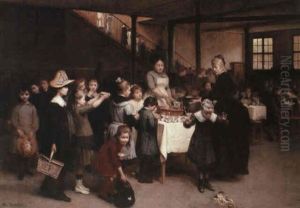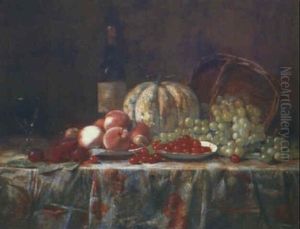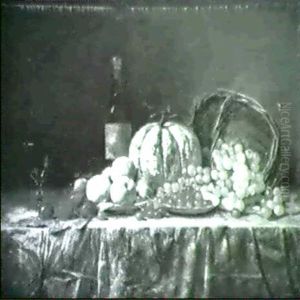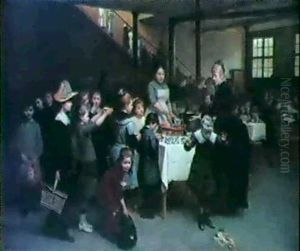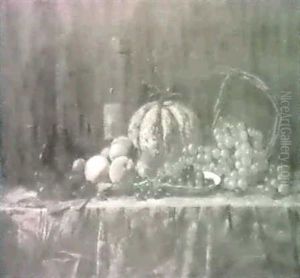Auguste Joseph Trupheme Paintings
Auguste Joseph Truphème was a French artist born on 15 December 1820 in Marseille, France. He was known for his contributions to painting, particularly in the genre of portraiture and landscapes. Truphème's artistic journey began in his hometown, where he initially developed his skills. He later moved to Paris to further his studies and immerse himself in the vibrant French art scene of the 19th century.
In Paris, Truphème became a student of Léon Cogniet, a respected painter of the time. Under Cogniet's tutelage, he honed his technique and gained exposure to the academic style of painting that was prevalent during that era. Truphème's work reflected the academic tradition, which emphasized classical subjects, balanced compositions, and a refined approach to painting.
Throughout his career, Truphème exhibited his works at the Salon, the official art exhibition of the Académie des Beaux-Arts in Paris. Participating in the Salon was a significant achievement for any artist of that time, as it provided an opportunity for recognition and critique from peers and the public. Truphème's paintings received positive responses for their elegance, attention to detail, and the emotional depth he brought to his subjects.
Truphème's landscapes and portraiture often depicted the serene beauty of the French countryside, as well as the sophistication of Parisian society. His brushwork was noted for its finesse, and his use of color demonstrated a keen understanding of light and atmosphere. Despite his adherence to academic standards, there is a sense of intimacy and personal expression in his works that resonates with viewers even today.
Auguste Joseph Truphème's career was a reflection of the artistic movements of his time, situated between the traditions of the old masters and the emerging styles that would later define modern art. He passed away on 16 January 1888 in Paris, leaving behind a body of work that continues to be appreciated for its contribution to the 19th-century French art canon.
